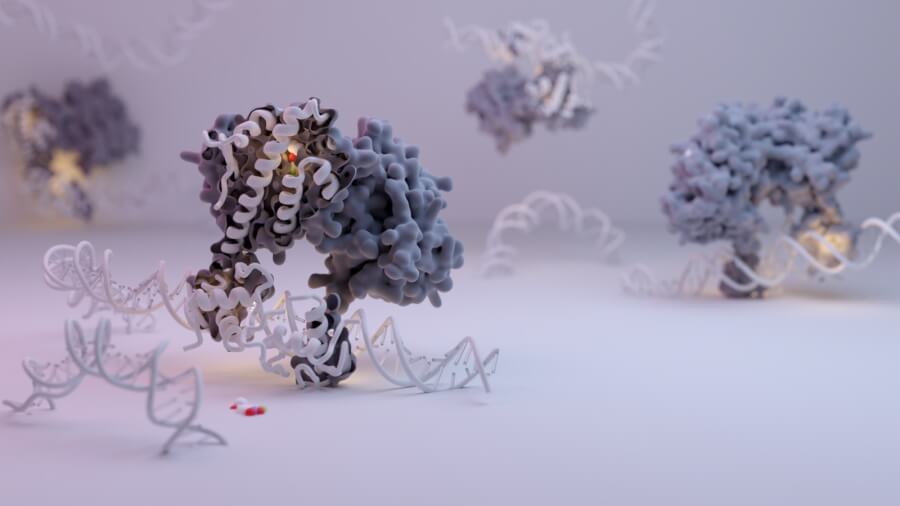
Elizabeth Wasmuth, PhD, assistant professor in the Department of Biochemistry and Structural Biology of the Joe R. and Teresa Lozano Long School of Medicine and co-director of the cryo-EM facility at The University of Texas at San Antonio, has been selected by the Howard Hughes Medical Institute (HHMI) as a Freeman Hrabowski Scholar.
The five-year appointment provides up to $8.6 million over a 10-year period. The allotment includes salary, benefits, research budget, and scientific equipment. Wasmuth was one of 30 scholars chosen from nearly 900 applicants. The Freeman Hrabowski Scholars program began in 2022, and this is its second biennial award cycle. Along with achievements in biomedical research, Freeman Hrabowski Scholars are expected to make strides in becoming strong mentors and creating a supportive laboratory environment that provides a strong foundation for trainees.
Under this program, Wasmuth’s lab will conduct research on sex steroid hormone receptors to develop more effective treatments for prostate cancer and other health conditions related to these receptors.

“As people age and hormone levels drop, these receptors become the drivers of more than 40% of cancers. Since the 1940s, we have been drugging these receptors basically the same way, and there is inevitable resistance. Newer versions of these drugs work for a period of time, but there is resistance to these drugs as well. I’m taking a multi-disciplinary approach, from the lens of a cancer biologist, but also the lens of the structural biologist, and integrating these fields to get answers about how these receptors are activated, turned off or kept quiescent,” said Wasmuth.
Carving a unique path in her own scientific journey, Wasmuth started out as a pre-veterinary major in undergraduate studies at Cornell University, Ithaca, New York. She then shifted focus to structural biology for her Doctor of Philosophy at Gerstner Sloan Kettering Graduate School of Biomedical Sciences in New York City. She completed her post-doctoral fellowship in human oncology and pathogenesis at the Memorial Sloan Kettering Cancer Center.
Wasmuth’s research has long focused on understanding how macromolecular protein complexes recognize and modify their nucleic acid ligands in normal and cancerous cells. Her doctoral work was with Christopher Lima, PhD, a HHMI Investigator at Memorial Sloan Kettering Cancer Center, combined an approach of biochemistry, X-ray crystallography, and yeast genetics to discover how the RNA exosome commits to either RNA trimming or decay through coordination of its various catalytic activities. These landmark findings were published in high-impact journals including Nature, Molecular Cell, and eLife.
Wasmuth next applied principles of how molecular composition shapes substrate specificity and biological outcomes toward research into how intrinsic properties of the androgen receptor alter its transcriptional activity in the face of advanced prostate cancer. Under the dual mentorship of HHMI Investigator Charles Sawyers, MD, at Memorial Sloan Kettering Cancer Center and Sebastian Klinge, PhD, at Rockefeller University, Wasmuth pioneered a method to isolate and biochemically characterize active, full-length androgen receptors. Using cryo-electron (cryo-EM) microscopy, she was able to demonstrate how the flexibility of androgen receptor dimers contributes to the enhancement of androgen receptor binding sites.
“I like taking risks, and I like having big payoffs for that. Making bold decisions to have big impacts — that is what I have done in many different elements and different environments,” said Wasmuth.
Wasmuth joined the university in 2022, where her laboratory uses a multidisciplinary approach of reconstitution biochemistry, biophysics, proteomics, and structural biology to investigate mechanisms of androgen-receptor function and regulation with the goal of discovering more effective prostate cancer therapies.
“It has been a real pleasure mentoring the growth and development of Dr. Wasmuth as junior faculty member. Her work on the structural biology of prostate cancer is truly groundbreaking. I look forward to many more years of exciting discoveries and to seeing her become a world leader in this very important area of biomedical research,” said Reuben S. Harris, PhD, Howard Hughes Medical Institute Investigator, professor and Holder-Ewing Halsell President’s Council Distinguished Chairman of the Department of Biochemistry and Structural Biology.
Wasmuth’s efforts, together with Shaun K. Olsen, PhD, professor in the Department of Biochemistry and Structural Biology and director of the structural biology cores, and Patrick Sung, DPhil, director of the Greehey Children’s Cancer Research Institute, associate dean for research at the Long School of Medicine, professor of biochemistry and structural biology and Robert A. Welch Distinguished Chair in Chemistry, were pivotal in the acquisition and widespread use of cryo-EM microscopy technology which has benefited many fields of research at the university.
“Dr. Wasmuth is a nationally recognized leader in understanding the role of androgen receptor signaling in health and disease, prostate cancer in particular. Dr. Wasmuth’s field-leading expertise in structural biology also exerts broad impact on the breadth and depth of cancer science pursued by her colleagues, me included. I cannot think of a more deserving individual to receive this prestigious award from the HHMI,” said Sung.
“Dr. Wasmuth tackles challenging biological problems with fearless determination and her ability to integrate structural biology, biochemistry, and cancer biology at the highest level distinguishes her from her peers. She is also selfless with her time and an exemplary member of the university community, having co-founded the cryo-EM facility where she serves as co-director and collaborates closely with colleagues to advance their research,” said Olsen.
Wasmuth said the university has been an ideal place to pursue her bold ideas, build community, and build resilient structural biology infrastructure.
“We are the sixth fastest growing research university in the United States and there is a critical nucleus of basic scientists who are coming here and doing world-class research. I’m happy I can add to this momentum and contribute to the science of this talented community,” said Wasmuth.
Related stories:
$2 million CPRIT grant helps to recruit structural cancer biologist Wasmuth
‘It’s like being able to see a dime on the surface of the moon.’
Voelcker Fund award supports innovative research
UT System Rising STARs award to advance prostate cancer research

